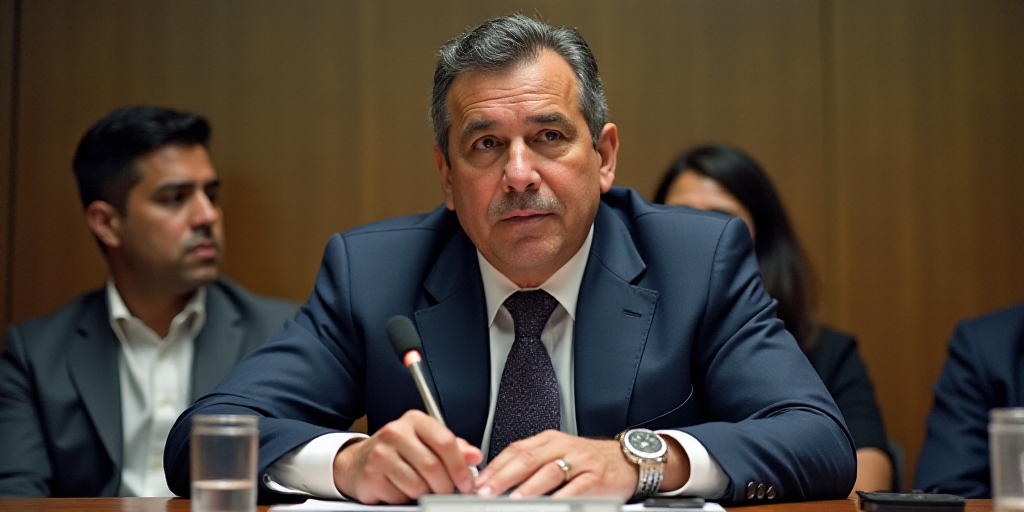Background on Marco Antonio García Ayala and FSTSE
Marco Antonio García Ayala, the newly appointed president of the Federación Sindical de Trabajadores al Servicio del Estado (FSTSE), led his first salary negotiation with the Mexican government. The FSTSE represents government workers, also known as servicios profesionales de la administración pública, who work in various federal agencies and institutions.
García Ayala’s role as the FSTSE president is crucial, given that he advocates for the rights and welfare of over a million government employees. His leadership is essential in ensuring fair compensation and benefits for these workers, who play a vital role in the functioning of the Mexican government.
Salary Increase and Additional Benefits
In this first salary negotiation, García Ayala and the Secretaría de Hacienda y Crédito Público (SHCP) reached an agreement granting a 9% increase in salary and benefits for government workers. This adjustment targets the Rama Operativa, which includes administrative and general services employees.
The agreement also incorporates year-end economic stimulus vouchers for government supplies (vales de despensa) as part of the overall compensation package. The exact amount of these vouchers will be disclosed at a later date.
García Ayala emphasized that this salary adjustment prioritizes workers with lower incomes, applying the higher percentage increase to those earning less. He also mentioned that negotiations for the Rama Médica y Paramédica (medical and paramedical workers) are ongoing, with details to be announced soon.
Maintaining Stable Government Employment
The FSTSE’s relationship with the federal government is grounded in preserving employment stability, as highlighted by Garcia Ayala. He stressed the importance of upholding labor laws, ensuring comprehensive social security, and fortifying the Instituto de Seguridad y Servicios Sociales de los Trabajadores del Estado (ISSSTE) to safeguard workers’ rights.
García Ayala also emphasized respecting the autonomy of labor unions, which is vital for maintaining a balanced and fair negotiation process between the government and its employees.
Comparison with Private Sector Salary Adjustments
During May 2025, the STPS (Secretaría del Trabajo y Previsión Social) reported 313 salary reviews in the federal jurisdiction, with 294 in private companies and only 2 in public sector entities.
- Private sector adjustments resulted in an average real increase of 4.0%.
- Public sector adjustments, however, showed an average real decrease of 0.3%.
The 9% salary increase for government workers (over 1.2 million) aligns with the teacher raise announced in May, which was also 9%.
Future Negotiations and Worker Welfare
García Ayala expressed his commitment to continuing dialogue, collaboration, and agreements that benefit government workers. He aims to foster a continuous relationship between the government and its employees, gradually improving working conditions and reducing salary disparities.
Key Questions and Answers
- Who is Marco Antonio García Ayala? He is the newly appointed president of FSTSE, representing over a million government workers in Mexico.
- What was the outcome of the salary negotiation? Government workers will receive a 9% increase in salary and benefits, with additional year-end economic stimulus vouchers.
- Which worker groups were prioritized in the salary adjustment? Workers with lower incomes within the Rama Operativa (administrative and general services) received a higher percentage increase.
- What is the current state of negotiations for medical and paramedical workers? Negotiations are ongoing, with details to be announced soon.
- How do government salary adjustments compare to private sector adjustments? While private sector workers experienced an average real increase of 4.0%, public sector workers faced an average real decrease of 0.3% during the same period.






